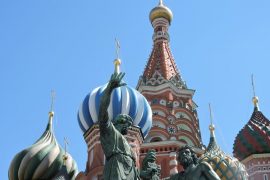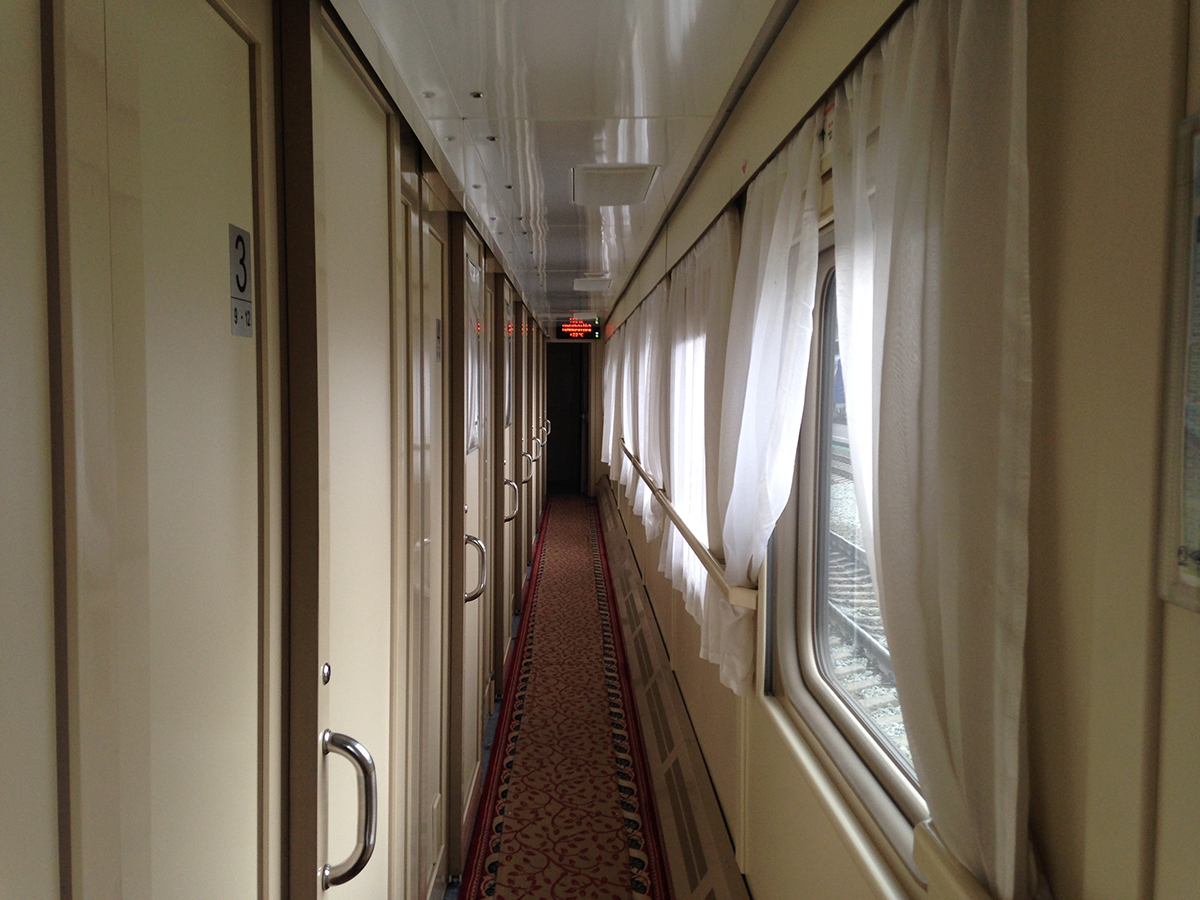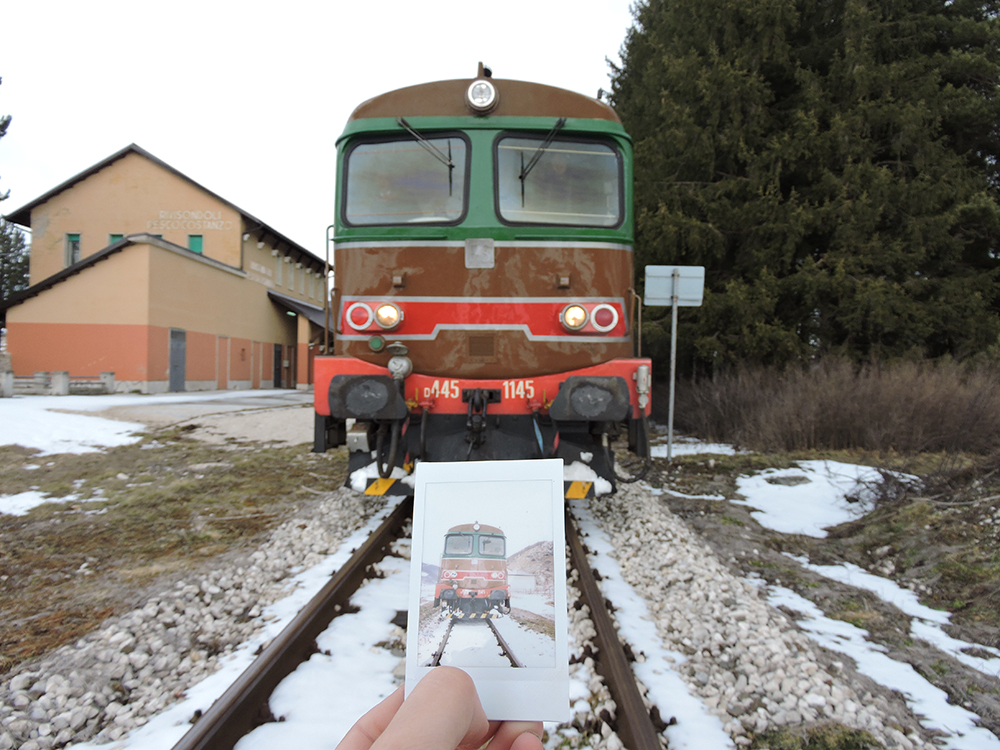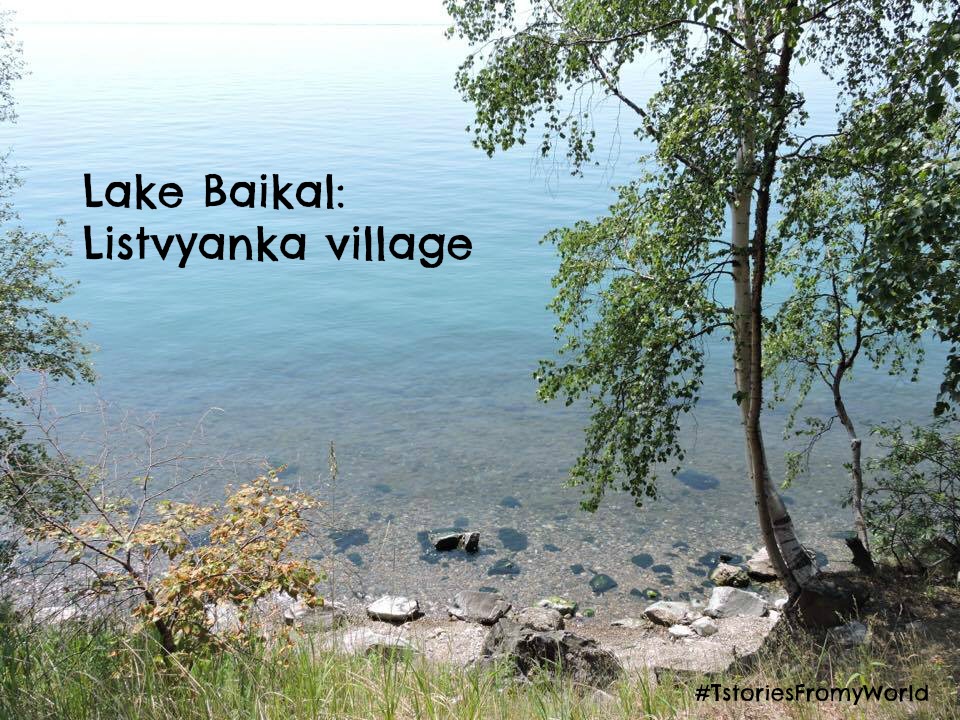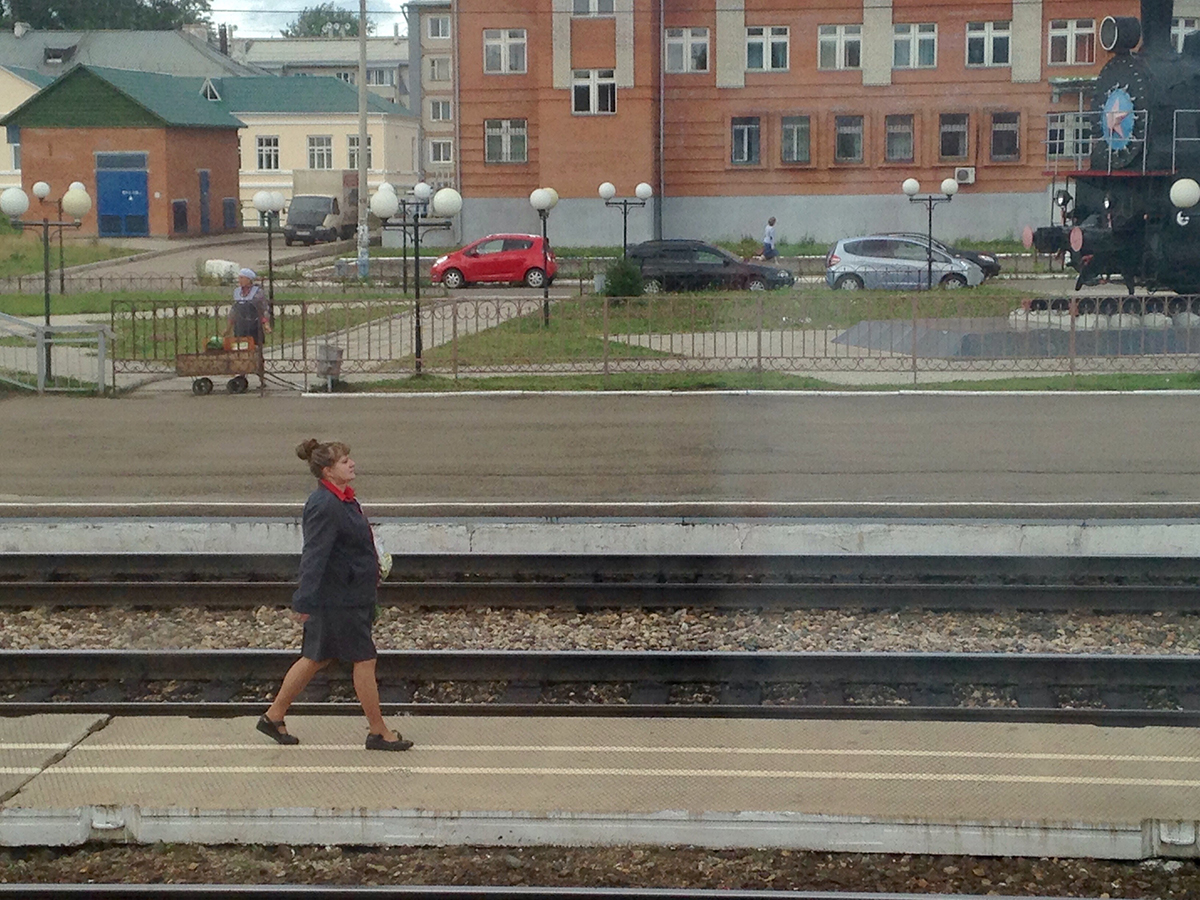
Trans-Siberian – Next Station: Siberia
When I finally left Moscow, I hopped on board the world’s most famous train, the Trans-Siberian, in order to cross Siberia. Since I’ve already given you a taste of what to pack for the TransSiberian and what to do in Moscow, let me take you directly to my next stop: the so-called Siberian Paris; the city of Irkutsk.
I guess that when you’re thinking of Siberia, the first thing that pops in your head is the freezing cold and the huge amount of snow covering the region’s vast fields. The very word “Siberia” means “the country that sleeps” (or even better, “hibernating”) in Mongolian. At the beginning of July though, when I arrived there, it was extremely hot – the temperature was stuck at 35°C – making me wonder how could it be that during the winter, the temperature reached a low of -30°C at the same exact place.
So, in the heat of the summer, Tiffany (my co-traveler on the train) and I arrived at the train station, only to be welcomed by the sweet Yelena who was born and raised in Irkutsk. She would be our guide around town as well as around Listvyanka – a village next to Lake Baikal where we would spend 3 days.
Our walk around town began by the bank of river Angara at one of the highlights of Irkutsk. My first impression of the city was that it was full of churches! Two of the most important were standing right in front of me.
Yelena was kind enough to explain a few things about each one of the churches, especially about the architecture of Bogoyavlenksy and Saviour’s Church which perfectly combined stone, wooden and colorful details. We were still walking by the river, when we stopped for a few minutes to admire the statue of the city’s founder – Yakov Pokhabov – as Yelena told us more about the city’s history.
Founded at 1652 by Pokhabov, Irkutsk – like the rest of Siberia – was mostly known as a place of exile. The extremely low temperatures marked Siberia as a destination of exile as the area’s freezing cold equaled with death. Despite the cold climate, the city has a beauty and finesse of its own. Later on, we learned that the ¾ of the town was destroyed by a terrible fire at 1879.
This fire wasn’t the last of the sufferings the city experienced though. Later on, during the Civil War at 1920, the city was greatly damaged by the violent fights between the “Reds” and “Whites” which took place all around that area.
Today, the city has been rebuilt, preserving a great deal of its previous prestige, while its economy is growing again thanks to the mass assemblage of industries in the area.
Irkutsk is considered to be the “Paris of Siberia” thanks to its location and the romantic details found at the beautiful buildings all around the city. A walk by the river will bring your attention to another similarity with the French capital: the small locks and padlocks hanging by the bridge – a declaration of love found where else – Paris, of course! There’s a small difference though, as the Russians aren’t that discreet – check out the photo above and you’ll see what I mean!
We walked towards the city centre, leaving behind us the Angara river. Yelena explained us all about the wooden houses with the incredible detailing around their windows: the lace decorations were expertly carved in wood. She informed us that after the large fire, there weren’t many such houses left – today they could be found at just a few roads around the city. Thus, the maintenance cost is unbearable for most of the locals.
As for me, it was love at first sight! Huge windows painted with incredible colors and decorated with fine wooden detailing – a rare sight that had to be captured! So, I stopped before each and every one of these windows to photograph them. Yelena also explained that the lace detailing was intentionally complex in order to keep away the evil spirits.
Before saying goodbye to Irkutsk and heading over to lake Baikal – an 1-hour trip by car – we decided to make a quick stop for coffee at an amazing underground coffee house that you should definitely visit when there! By saying underground, I mean literally under the ground! And the best thing is, that in order to find the entrance to the coffee house, you should go past a flower market – so, there’s no way you could find it, unless someone has suggested you should visit it! It’s worth spending some time there, sipping your coffee while reading your book.
Like this, we leave behind us Irkutsk – the only city in the world located in an equal distance from the world’s largest oceans: the Atlantic, Pacific and Indian Ocean – and we’re heading to Listvyanka, a small but quite touristic village next to Lake Baikal.
To learn more about my 3-day stay at Lake Baikal, you’ll have to wait for my next post. For now, I’ll just tell you that I chose home stay over a hotel or a hostel – to be hosted at a beautiful local wooden house where the owner offered us a room and her delicious traditional meals both for lunch and dinner!
To be continued..
Watch my dip into the lake
[facebook url=”https://www.facebook.com/TravelstoriesFromMyWorld/videos/855364937905135/” /]
Check out all my Trans-Siberian posts here
This post is dedicated to the memory of Max (my co-traveler on the train)… Goede reis Max
Comments
post a comment
You must be logged in to post a comment.

















